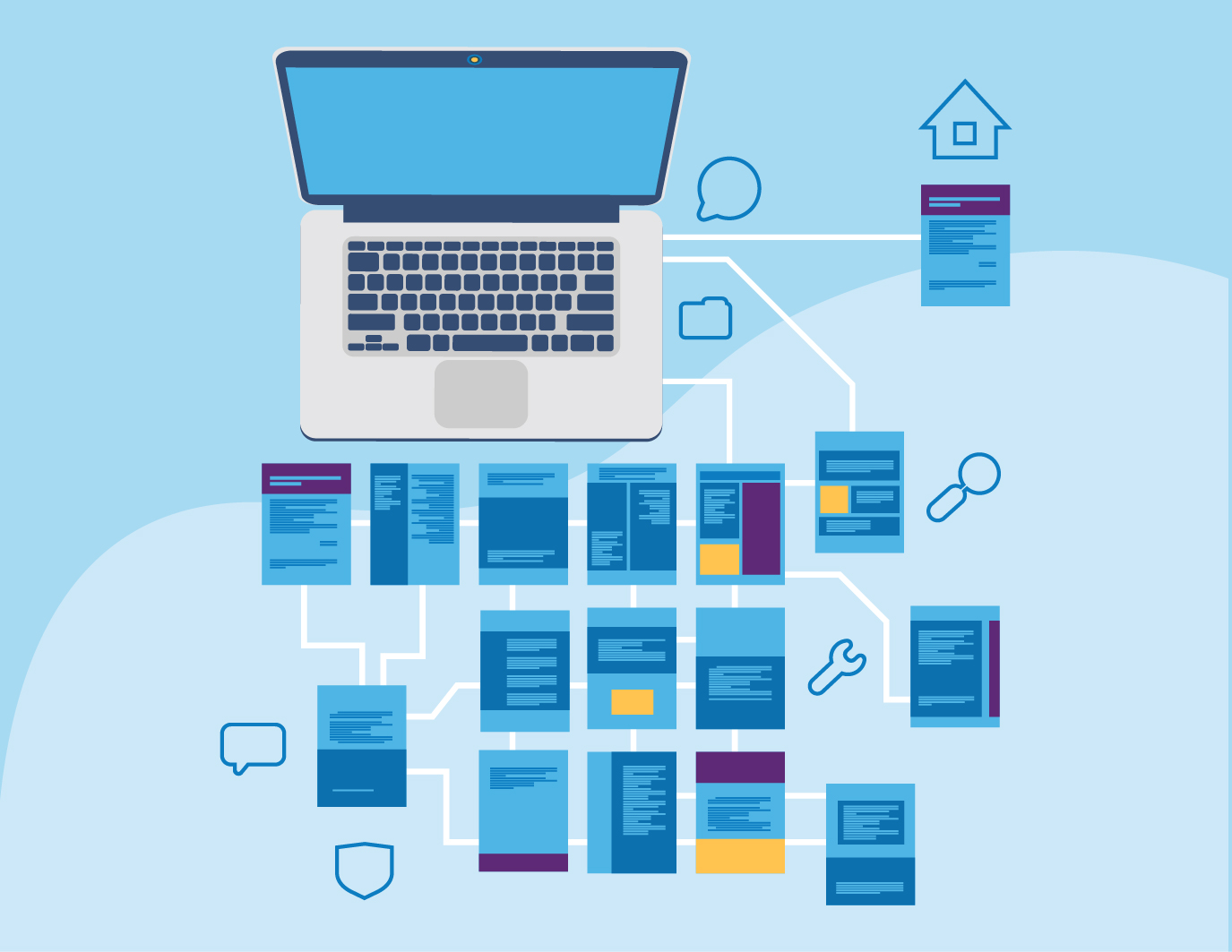
- About
- Expertise
- Solutions
- Microsoft (Office) 365 Migration Services
- SharePoint Migration Consulting Services
- IT Divestiture & Carve-Out Consulting Services
- IT Merger and Acquisition (M&A) Integration Services
- Data Center to Azure Migration Services
- Migrate from Box & Dropbox to Microsoft (Office) 365
- Google Workspace (G Suite) Migrations to Microsoft 365
- Migrate Your File Server to Microsoft Office 365
- Business Process Automation & Application Consulting Services
- Enterprise Collaboration Consulting
- IT Security & Cybersecurity Compliance Consulting Services
- vCTO
- Modern Desktop
- Endpoint + Desktop Management
- Project Management
- Microsoft (Office) 365 Migration Services
- News & Events
- Blog
- Contact
- Schedule Consultation
- Search
- Data Privacy Consulting: Secure & Protect Your Information

Make Complex On-Prem to Online Migrations Simple
Managing SharePoint on-premises is complex, time-consuming, and costly. SharePoint farms can easily include four to six servers for a single production environment, and newer features rolled out to SharePoint Online are unavailable for older versions of the platform (up through SharePoint 2019). Thus, on-premises software support cycles require costly and time-consuming upgrades.
If you’re looking to reduce infrastructure maintenance and cost, gain access to new features sooner, and integrate with the rest of the Microsoft 365 platform, AdaptivEdge can help you make the move — no matter how complex your environment is.
How We Solve SharePoint Migration Challenges
One of the biggest challenges organizations face with the on-prem to SharePoint Online migration is that some elements do not transfer cleanly between environments. SharePoint Online introduces hub site architecture and navigation, a superior way to plan sites and site objects. Your AdaptivEdge consultant can help you leverage these to future-proof your environment and take advantage of advanced capabilities.
Learn more below about how we use native functionality to repackage and rebuild the following elements in SharePoint Online:
- Intranet master page customization
- InfoPath forms
- SharePoint Designer workflows
- Compatible third-party solutions

Master Page Customization
On-premises SharePoint environments often use master page customizations to reflect branding and design. While you can migrate these to SharePoint Online, custom pages are challenging to maintain and may break when the platform is updated, potentially causing page and site errors.
To avoid this and take advantage of SharePoint Online’s modern customization experience (a superior UI with more advanced features than were available in the “classic” on-prem experience), we typically help clients rebuild their Intranet and departmental sites using the modern experience and, if possible, out-of-the-box functionality. This future-proofs the SharePoint page designs and simplifies the process so trained non-technical users can update page designs, content, and images. You can visit Microsoft’s SharePoint Look Book to see examples of what’s possible with modern UI design.
InfoPath Forms
In 2023, Microsoft announced that InfoPath would be removed from SharePoint Online for all tenants after July 14, 2026. However, we know that many on-premises environments rely on InfoPath Forms to design, distribute, fill, and submit electronic forms containing structured data. Given the terminal end date for InfoPath forms and the difficulty in migrating them, we’ve created recommendations to help you rebuild these and keep your transition to the new environment smooth. Depending on the complexity of your forms, we may recommend using Power Apps, Power Automate, SharePoint list functionality, or Microsoft Forms.
SharePoint Designer Workflows
SharePoint Designer Workflows, available starting in SharePoint 2013, were deprecated and removed from SharePoint Online on April 2, 2024. While migrating SharePoint 2013 Designer workflows to SharePoint Online is no longer possible, we can help you leverage Power Automate to achieve similar functionality. It’s important to note that rebuilding your workflows can be a time-intensive endeavor, but we will work with you to create a plan that provides the best ROI.
Third-Party Solutions
Given SharePoint’s product history of more than 20 years, it’s no surprise that so many third-party solutions have launched and become an important part of organizations’ workflows. Unfortunately, there are some on-premises third-party solutions that do not have compatible SharePoint Online replacements. In these cases, your consultant can help you identify native functionality or alternative third-party solutions to use as replacements. We often see that many organizations no longer need all their third-party solutions, given the expanded features and functionality offered by SharePoint Online.

Meet Your SharePoint Migration Consultant
Jade Goh is an experienced SharePoint administrator with countless migrations, UI designs, workflow automations, trainings, and upgrades in her portfolio. She is excited to help your team start experiencing the advantages of SharePoint Online!
Get to know Jade more on our team page:
What to Expect from Your SharePoint Migration Project
AdaptivEdge’s SharePoint Philosophy
Any SharePoint migration involves a fair amount of effort, so it’s essential to approach the migration as an opportunity to improve and modernize the environment versus a lift-and-shift approach of migrating all sites and content as-is.
SharePoint Online provides newer features, functionality, and best practices than what was available with older versions of SharePoint on-premises. Organizations that fail to optimize and adapt their migration strategy will miss out on these capabilities and encounter future issues, which will then require site and content re-structuring. This may even effectively create two migrations — once to SharePoint Online and another intra-tenant migration in the future, to correctly adapt the architecture and design to the platform’s capability.
In the longer term, it’s far more efficient to create a thorough, thoughtful strategy from step one that ensures you only need to make one migration.

Our 5 Steps to a Successful SharePoint Migration
Here are the steps we’ll take with you once we get underway:
- Inventory and analyze the environment. We like AvePoint’s FLY migration tool for inventory and migration.
- Identify solutions incompatible with SharePoint Online and plan for suitable replacements.
- Design the SharePoint site information architecture, page design, and migration plan.
- Perform pilot migrations with testing and validation to ensure a successful process. Update the design and migration plan as needed.
- Perform incremental and iterative migrations, if possible. If not ideal, pre-stage all of the content and perform a one-time migration cutover for all sites.

